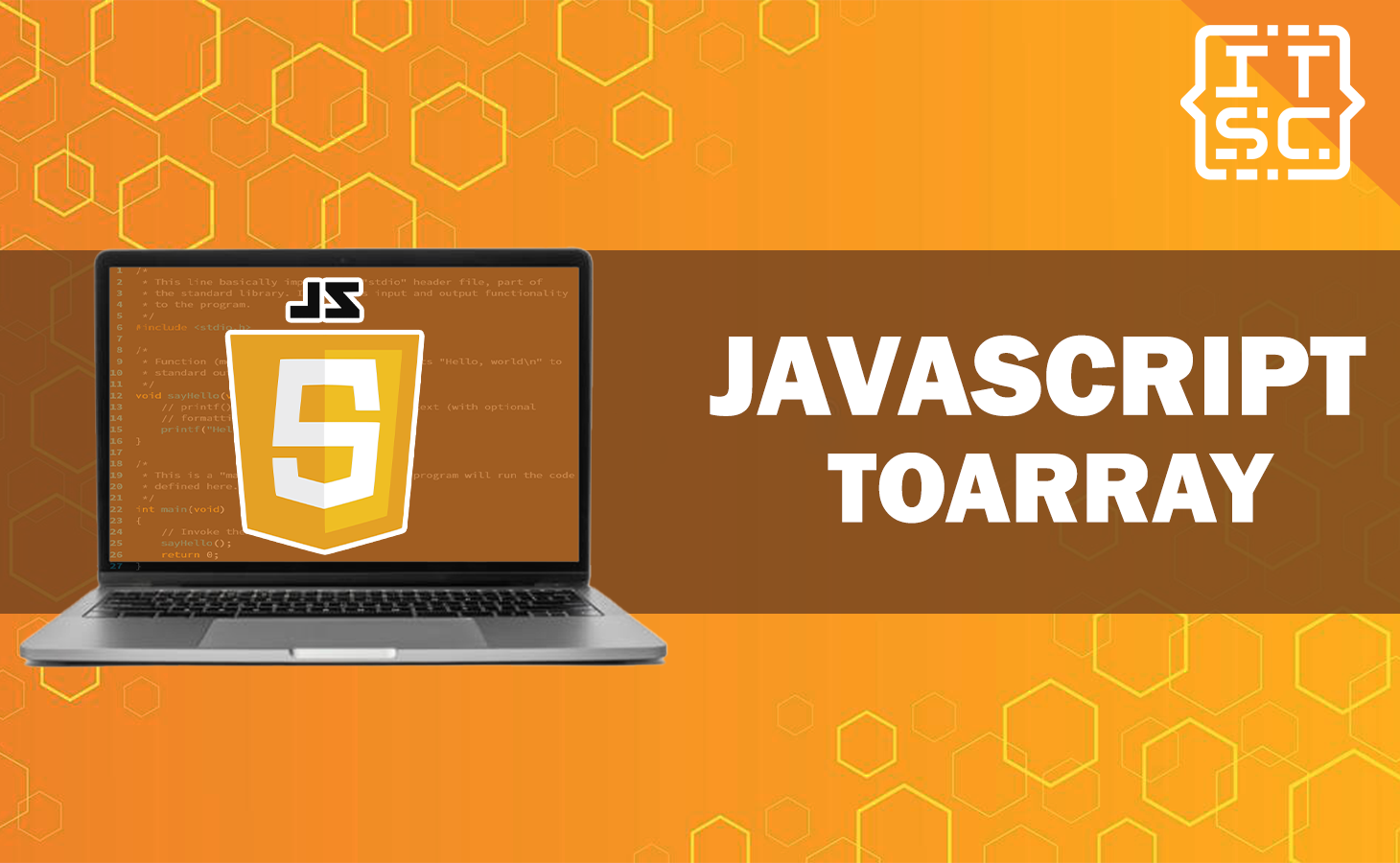In this article, we’ll dive deep into the world of toArray in JavaScript, explore its various use cases, and provide practical examples to help you harness the power of arrays in your JavaScript projects.
If you’re a JavaScript developer, you’ve probably encountered situations where you need to work with arrays.
Arrays are incredibly versatile and can be used to store and manipulate collections of data. In JavaScript, there are various methods available to work with arrays effectively.
One such method is toArray, which allows you to convert different types of data into an array.
What is an Array?
In JavaScript, an array is a data structure utilized to store multiple values in a single variable.
It allows you to organize and manipulate collections of data efficiently.
Arrays can contain elements of different types, including numbers, strings, objects, and even other arrays.
The elements in an array are indexed starting from zero, which enables easy access and manipulation.
What is toarray in JavaScript?
The toArray function in JavaScript is not a built-in method, but it is often implemented in libraries or frameworks to convert data into an array format.
It takes an object or iterable and returns an array containing the elements of the object or iterable.
This function comes in handy when you need to work with data in array form, regardless of its original data type.
Example Programs of toarray in Javascript
Here is the following example you can try to master toarray in Javascript.
Example 1: Converting an Object to an Array in JavaScript
const person = { name: 'May', age: 35, city: 'California' };
const personArray = Array.from(Object.entries(person));
console.log(personArray);In this example, we have an object person representing a person’s details.
By using Object.entries() and Array.from(), we convert the object into an array personArray, where each element is a key-value pair of the object.
Example 2: Converting a NodeList to an Array in JavaScript
const elements = document.querySelectorAll('.item');
const elementArray = Array.from(elements);
console.log(elementArray);In this example, we have a NodeList obtained from selecting elements with the class name ‘item‘ using document.querySelectorAll().
By applying Array.from() to the NodeList, we convert it into an array elementArray, making it easier to work with the collection of elements.
Example 3: Splitting a String into an Array in JavaScript
const sentence = 'JavaScript is awesome!';
const words = sentence.split(' ');
console.log(words);This example demonstrates the usage of the split() method to convert a string sentence into an array of words.
Each word in the string is separated by a space character, which is passed as the delimiter to split().
What is the difference between ToCharArray and ToArray?
In the context of C# or .NET, there are two methods, ToCharArray and ToArray, that might sound similar but serve different purposes.
The ToCharArray method is used to convert a string into a character array.
It returns an array of characters, where each character represents an element of the string. This method is helpful when you need to manipulate individual characters of a string.
On the other hand, the ToArray method is a more general-purpose method. It can be used to convert various types of data, not just strings.
In JavaScript, as mentioned earlier, you can use methods like toArray or Array.from() to achieve similar functionality.
Anyway here are some of the functions you might want to learn and can help you:
- Understanding the setvariable() function in JavaScript
- JavaScript Group by: Exploring Alternative Methods
Conclusion
The toarray JavaScript function is a powerful utility that enables you to convert various data structures into arrays. Whether you need to transform objects, reverse arrays, filter elements, or perform other common operations, the toarray function simplifies the process.
By leveraging its capabilities, you can enhance your JavaScript code and manipulate data structures more efficiently.
Remember to use the toarray function responsibly and understand its behavior in different scenarios.
With practice and experimentation, you’ll become proficient in leveraging the toarray function to its fullest potential

